Myths and Manifestos is a compendium of dramatic and polemical texts written and released, by the artist entity Studio for Propositional Cinema between 2009 and 2021. Scripts for a play, a libretto, and an epic poem are punctuated by manifestos and public speeches that act as bridges between them. Together they reflect and warn of an encroaching ideological dark age in which our culture’s communicational forms are becoming increasingly endangered and alienated from our collective control, while making some modest proposals for how we can make space to relearn and retain them, if there is still enough time to do so.
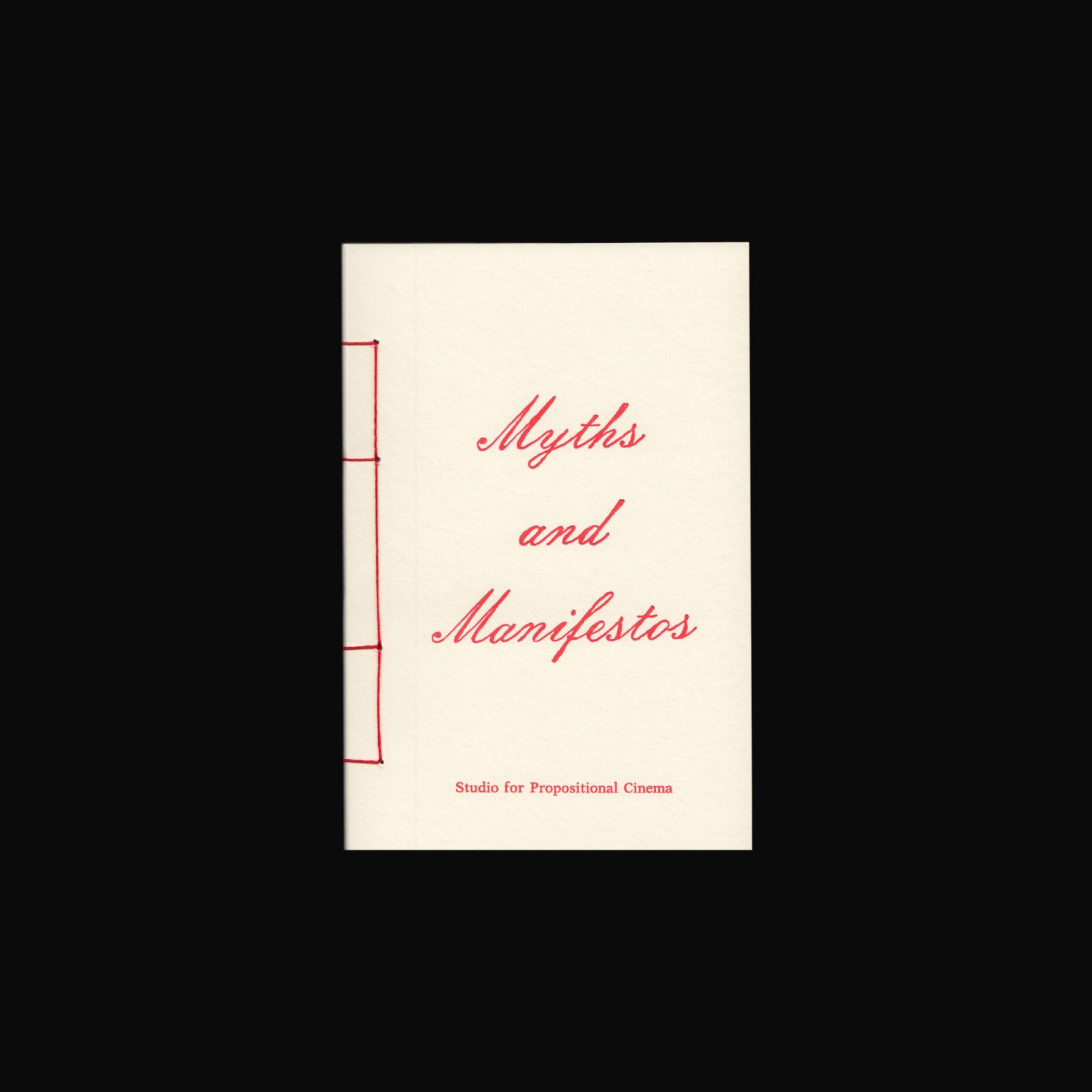

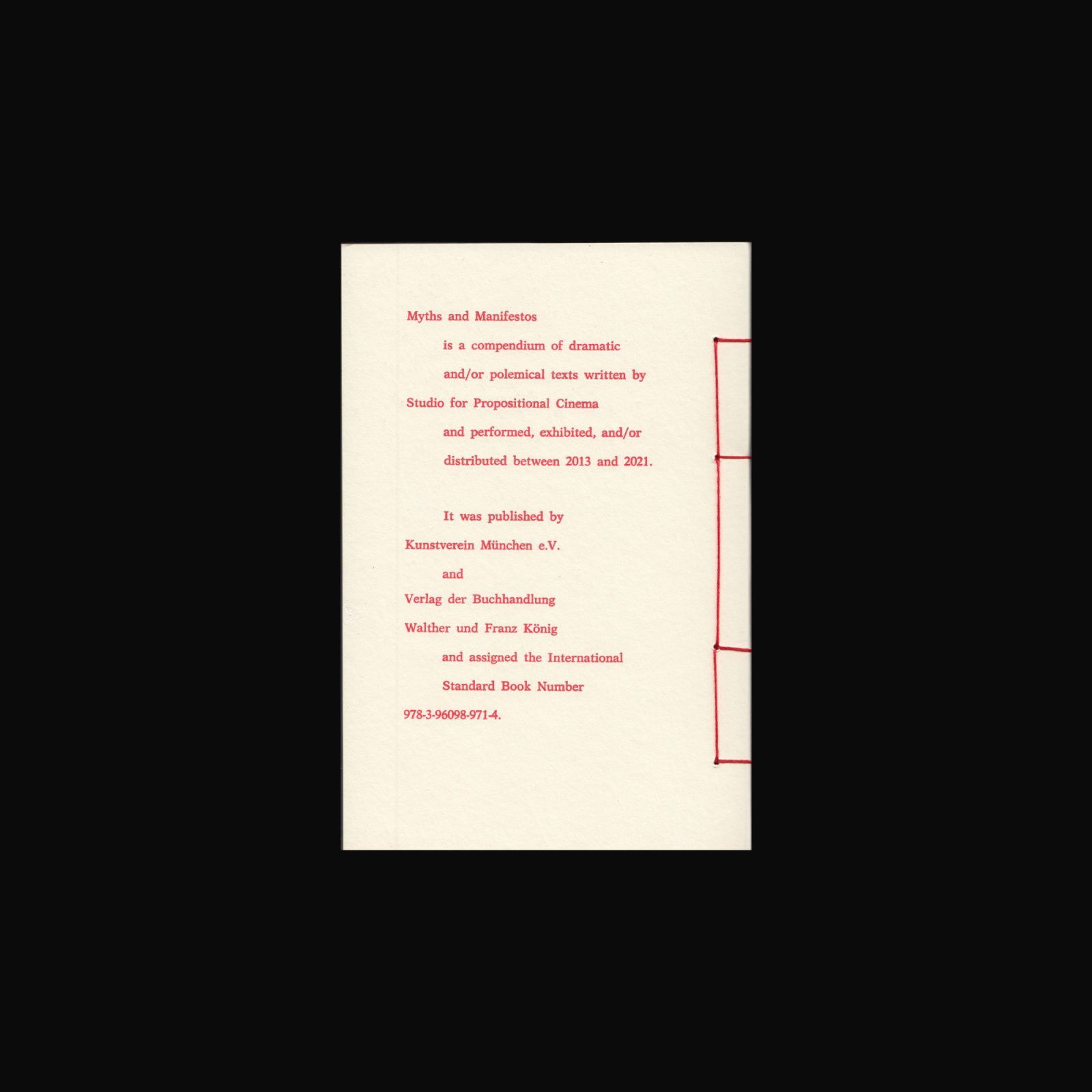
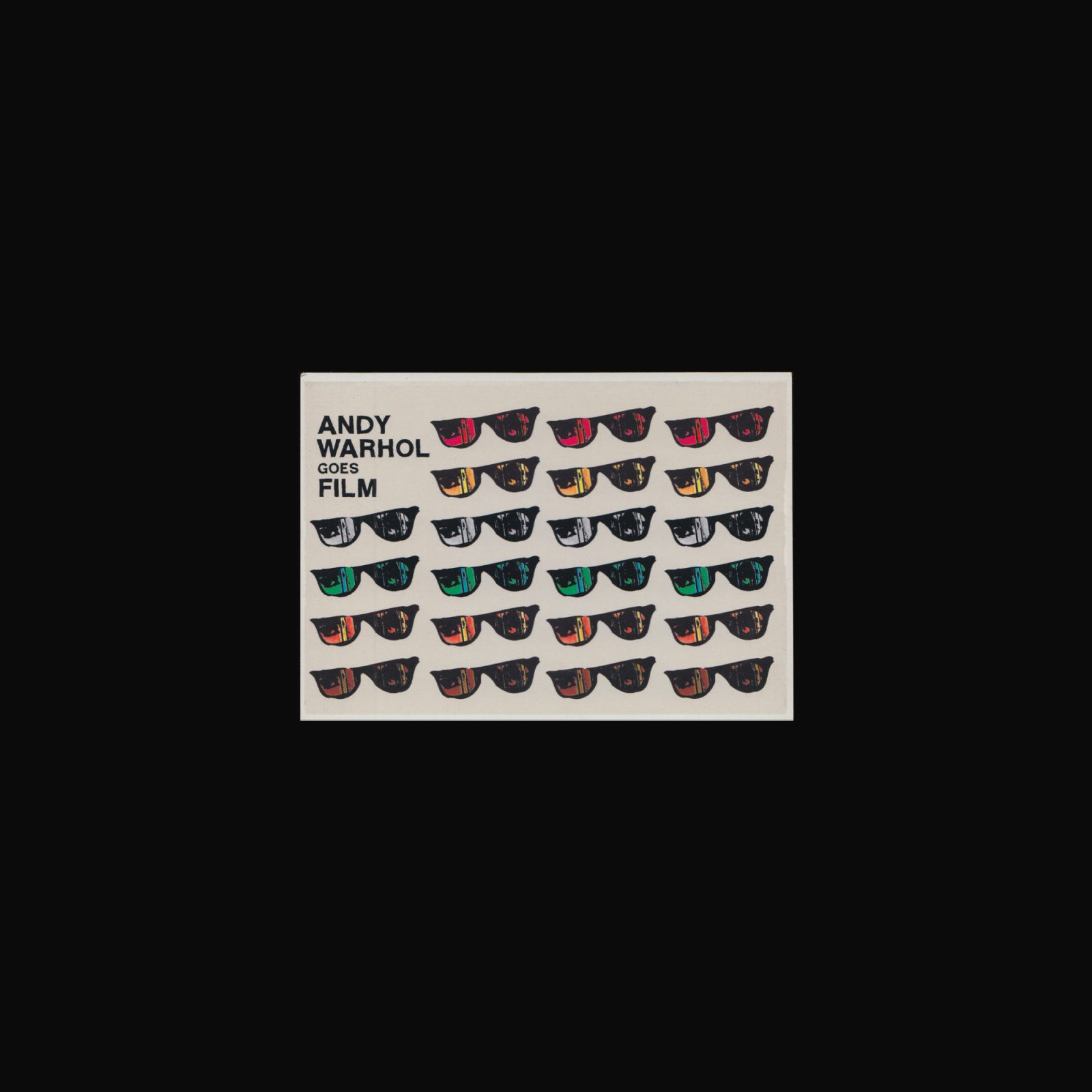
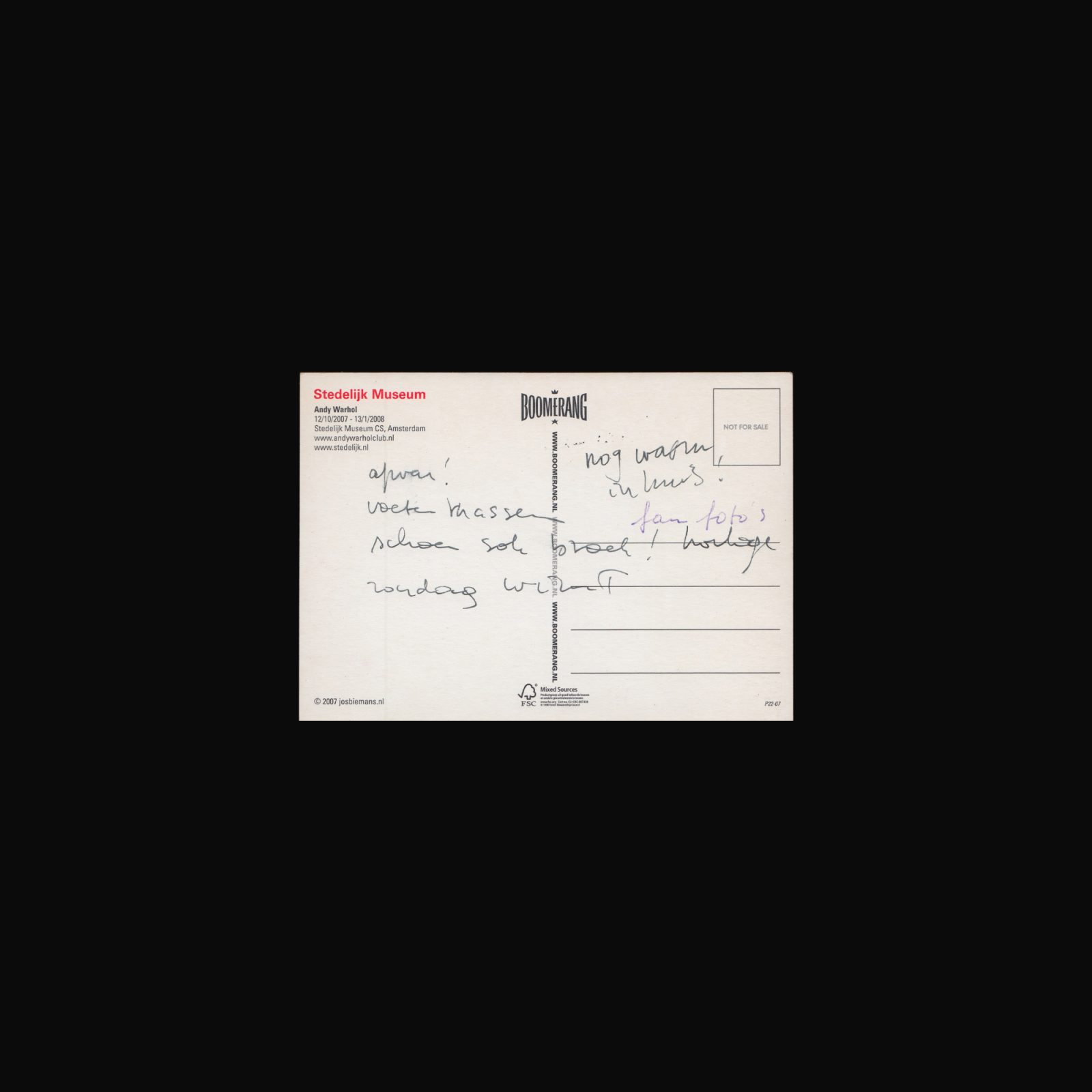
Promotional card produced on the occasion of the exhibition Andy Warhol, at the Stedelijk Museum, Amsterdam, 23 October 2007–13 January, 2008.
*Please note this publication is secondhand and has some traces of previous ownership.
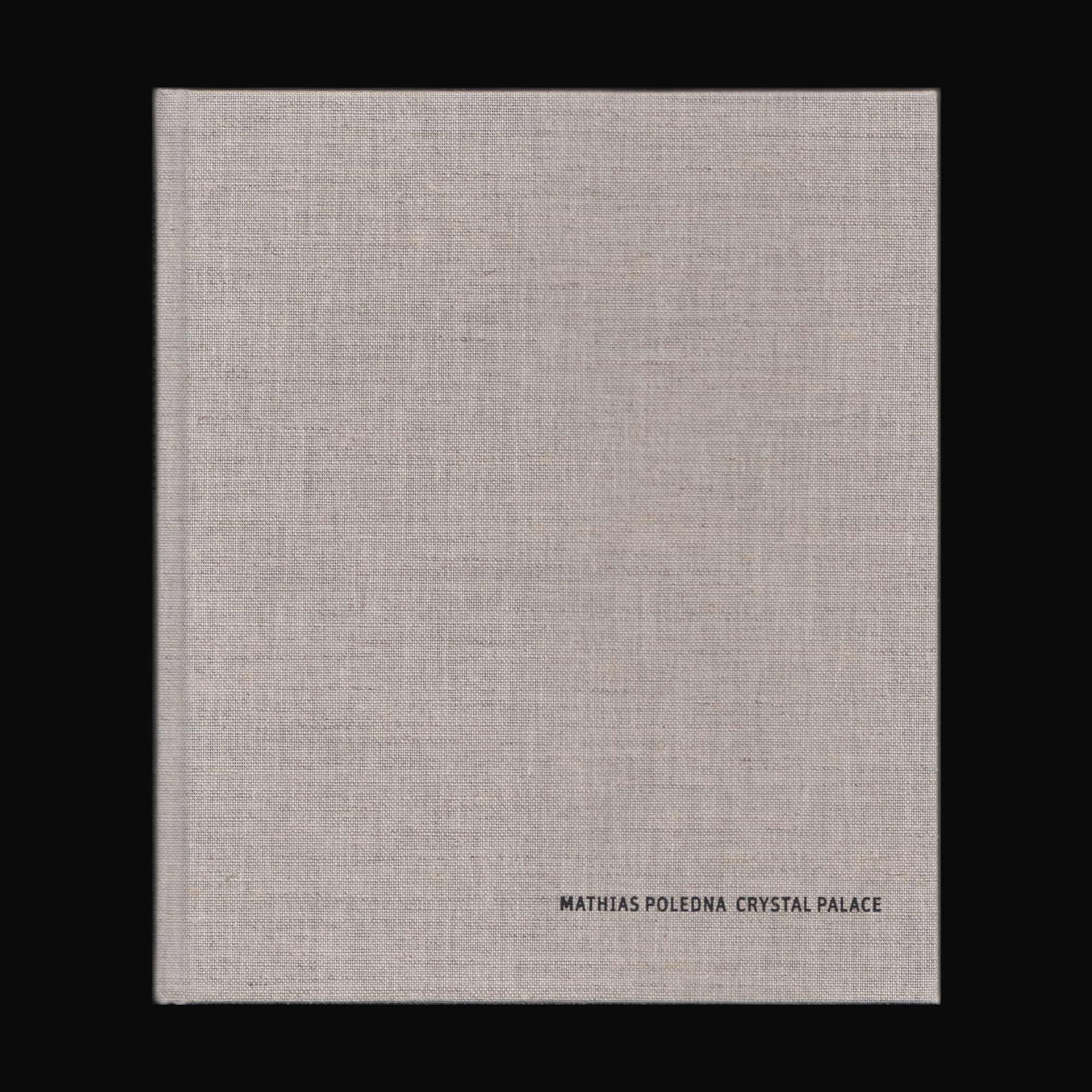

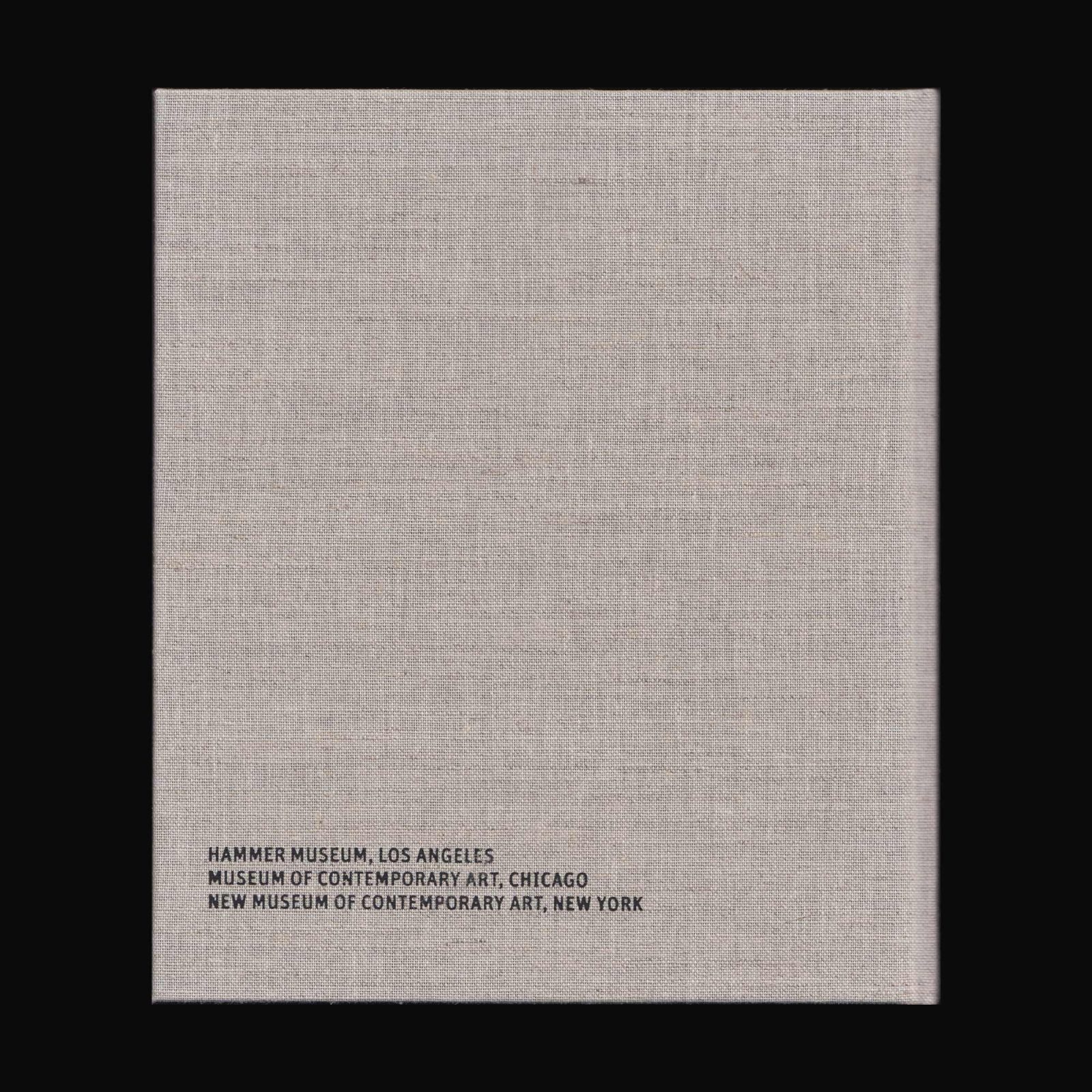
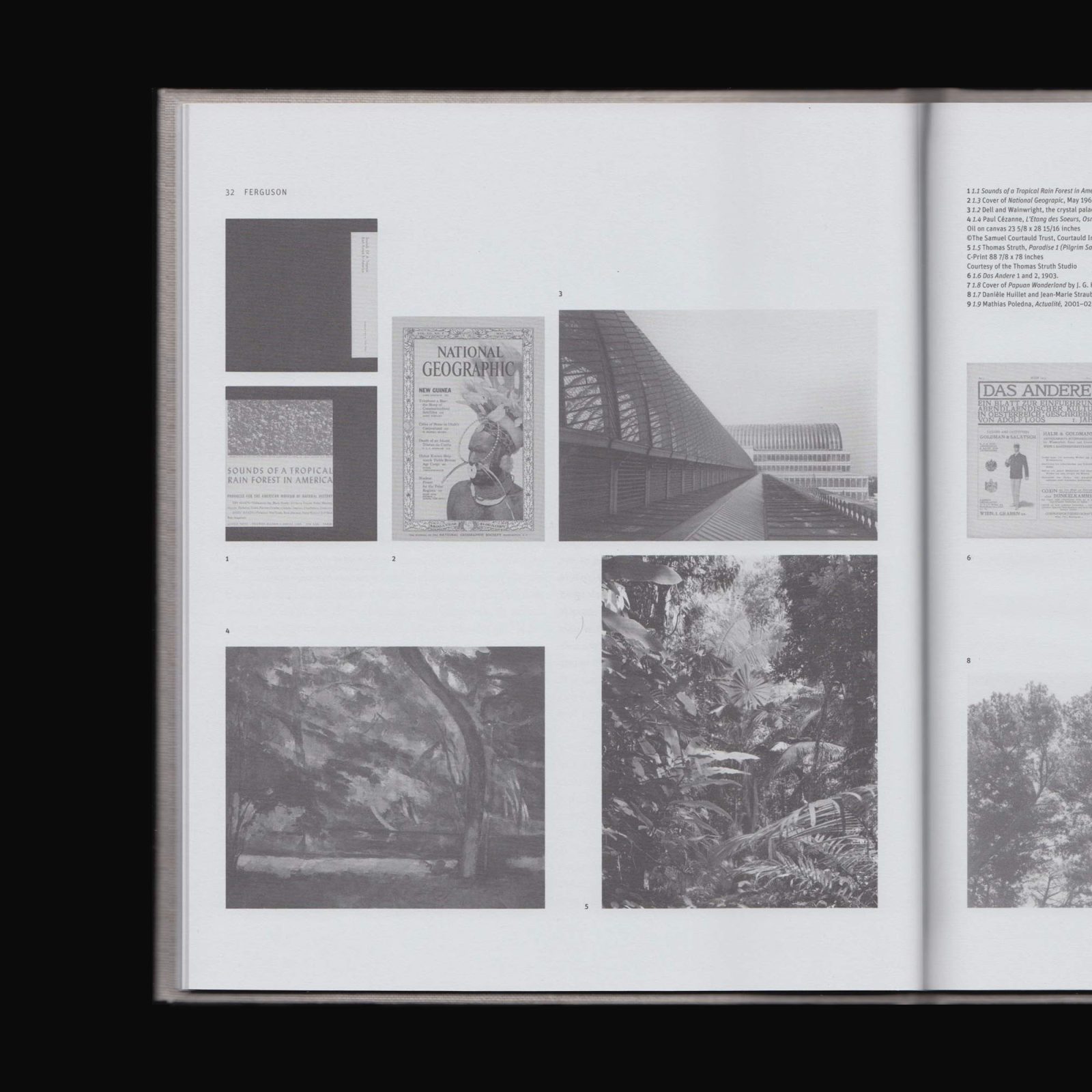
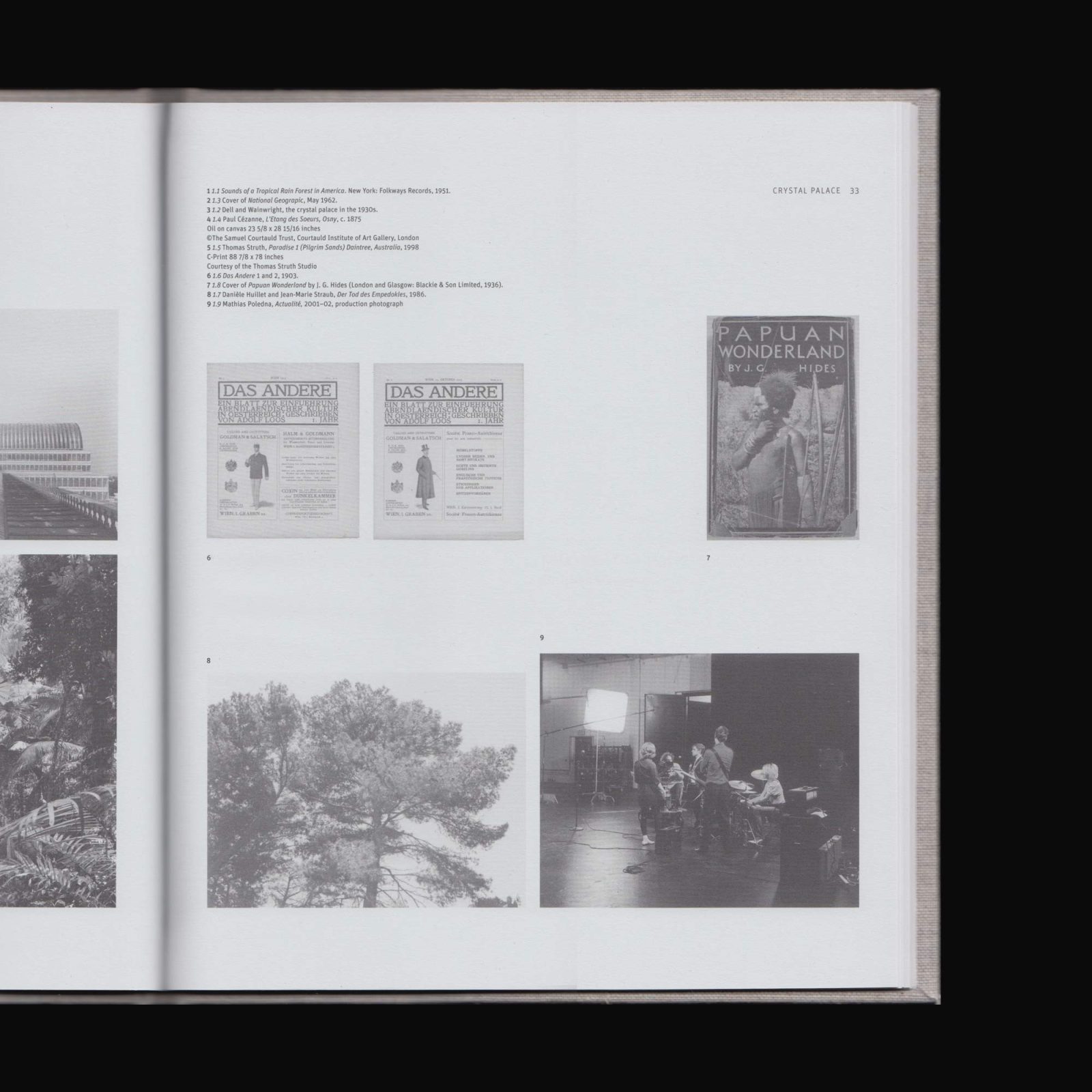
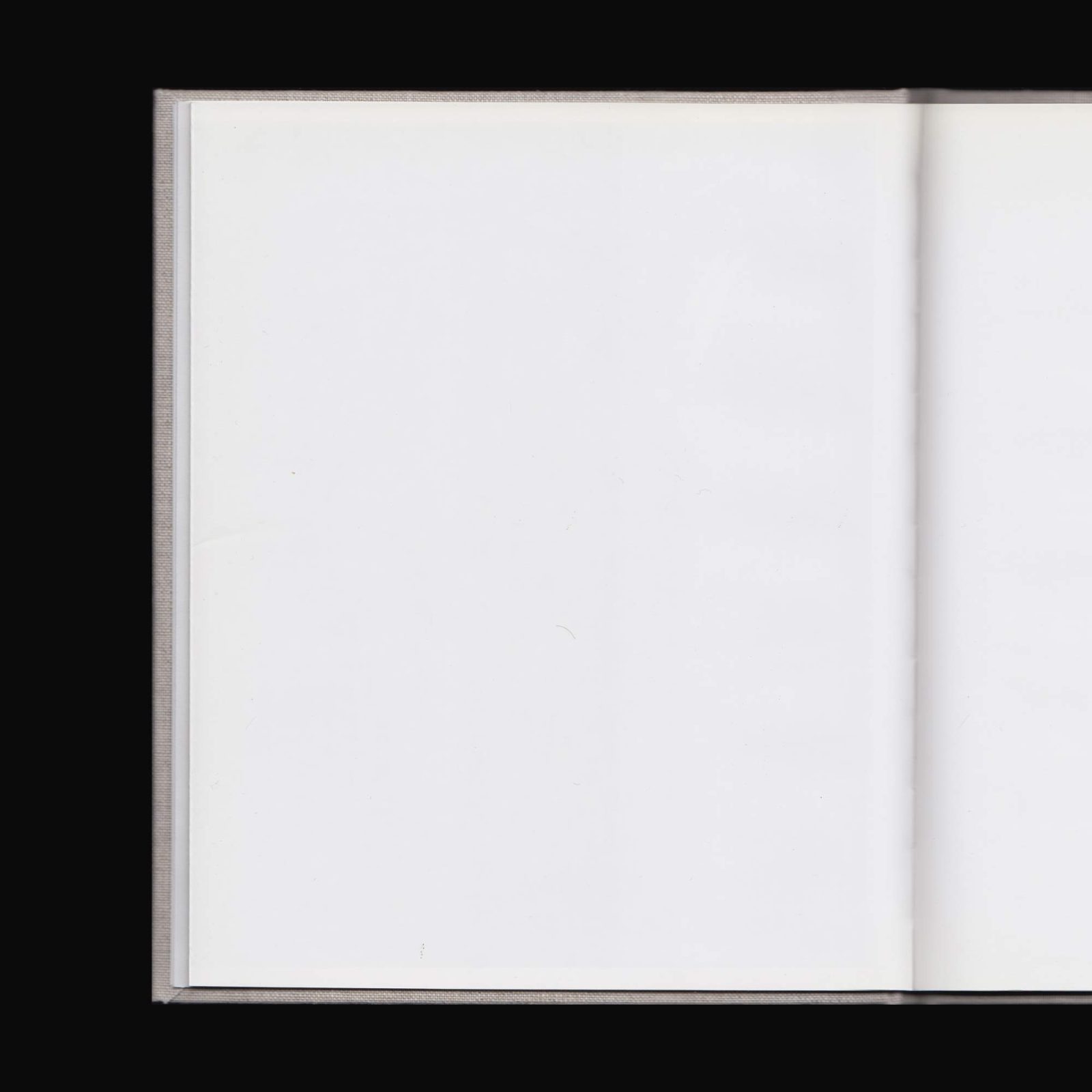
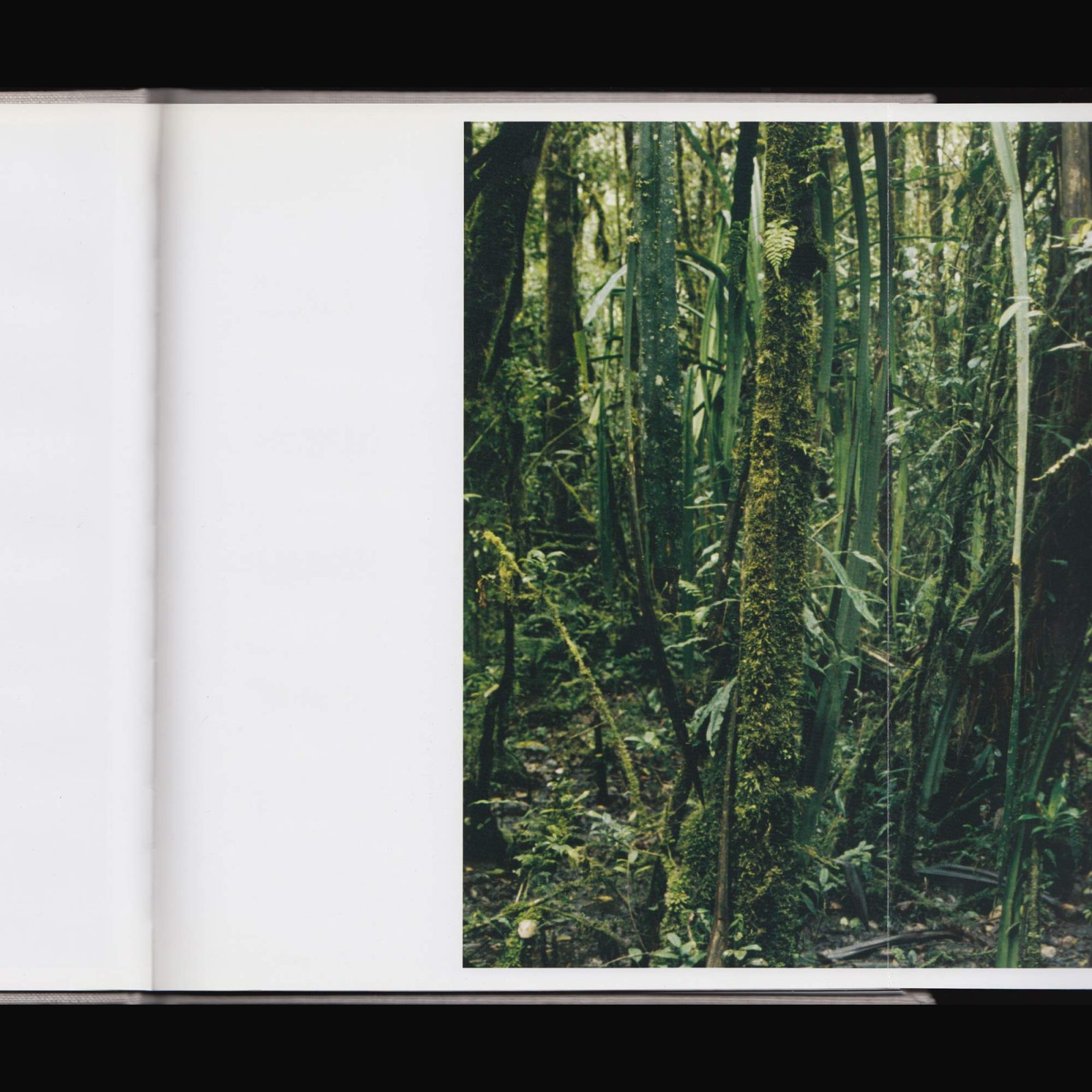
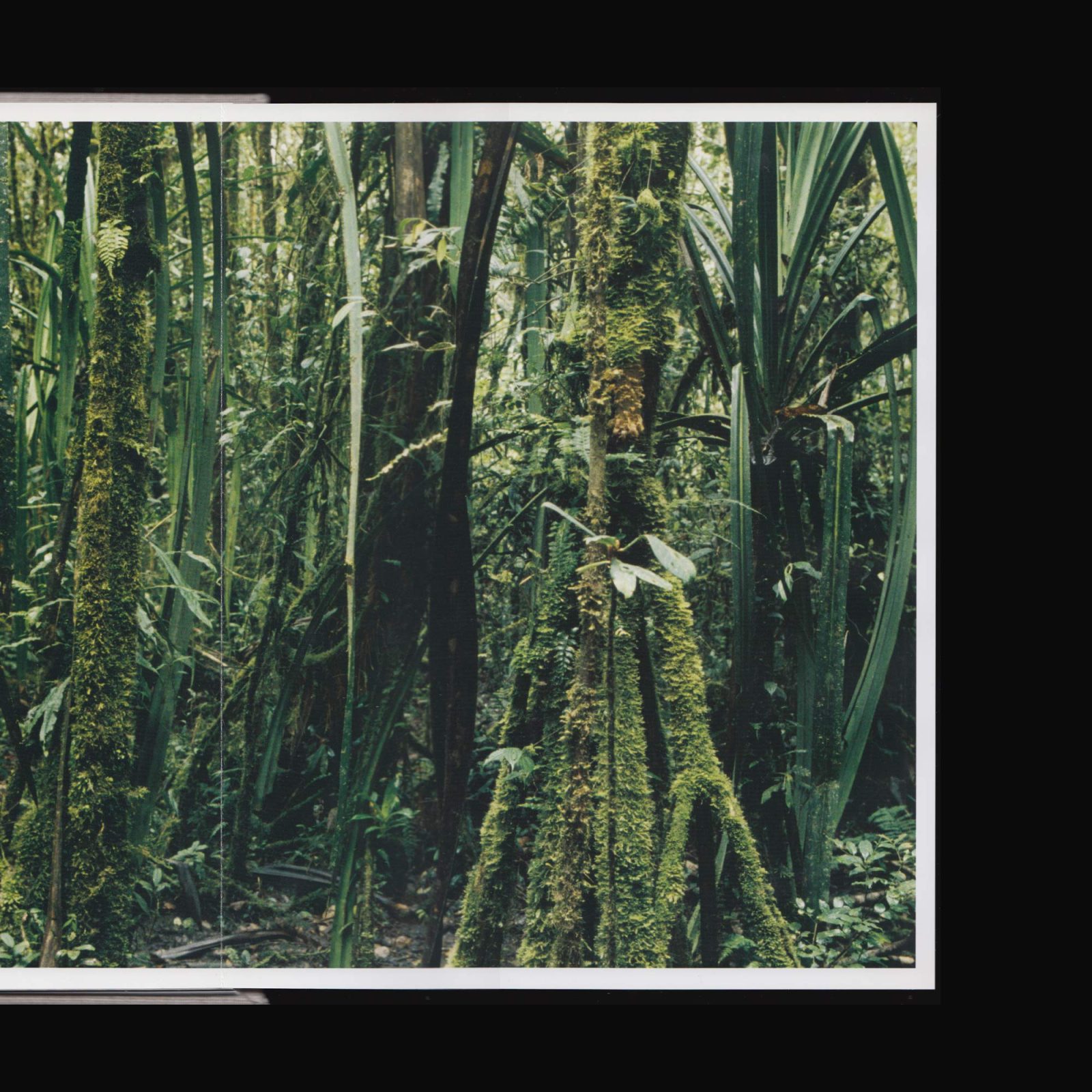
Mathias Poledna’s work Crystal Palace is a 35mm film installation comprised of a small number of long, static shots of the montane rainforest landscape of the Southern Highlands Province of Papua New Guinea. Only subtle changes in light and movement in foliage provide visual cues to the passing of time. The film is accompanied by a dense and highly edited soundtrack created from on-location and archival field recordings that oscillate between distinct insect and bird sounds, and drone-like noise.
Poledna’s title, Crystal Palace, evokes the monumental glass-and-steel structure of that name constructed for the Great Exhibition of 1851 in London, an important precursor of modern architecture and industrialized construction that was built to present the newest products of the capitalist economy, accompanied by exotic displays, fauna and flora.
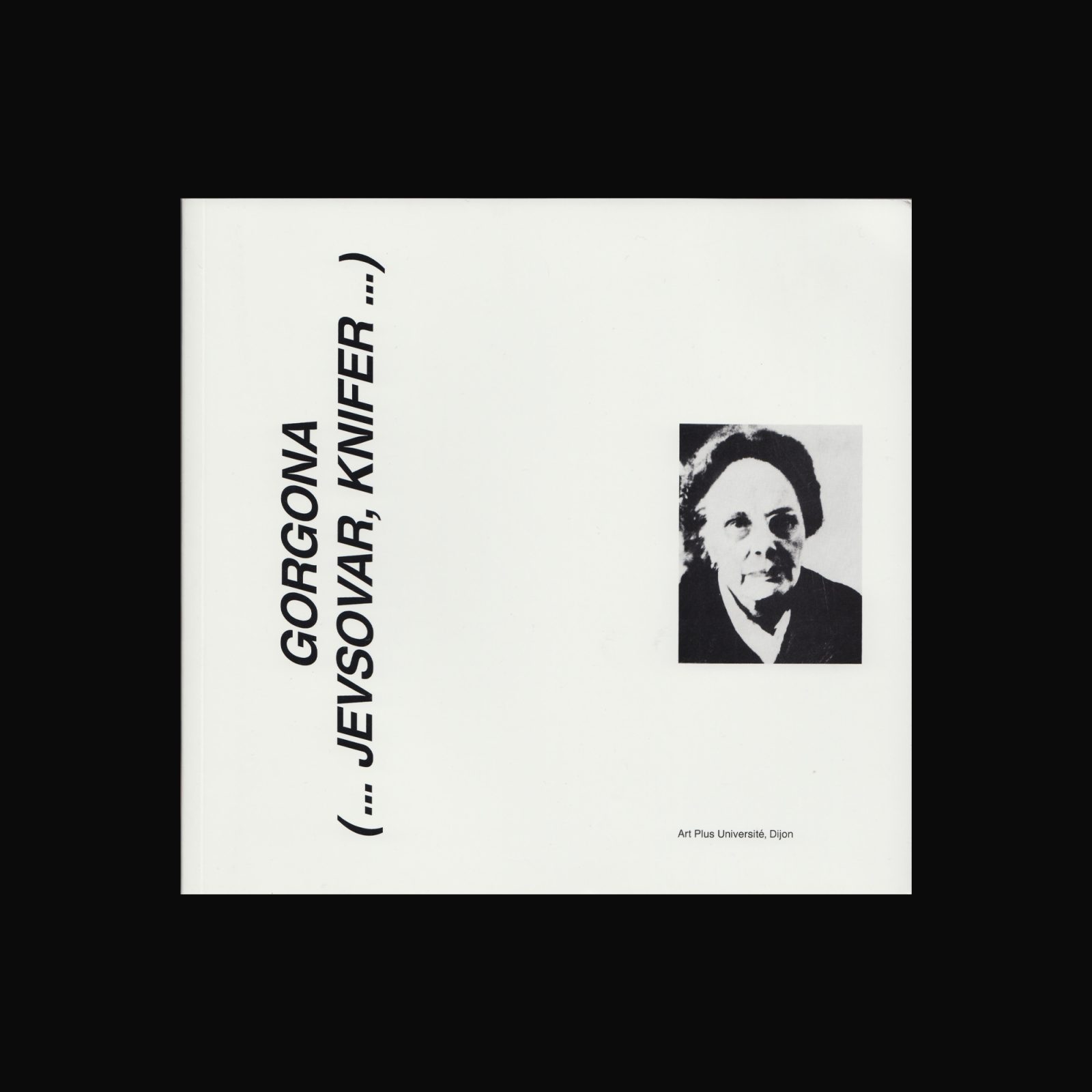

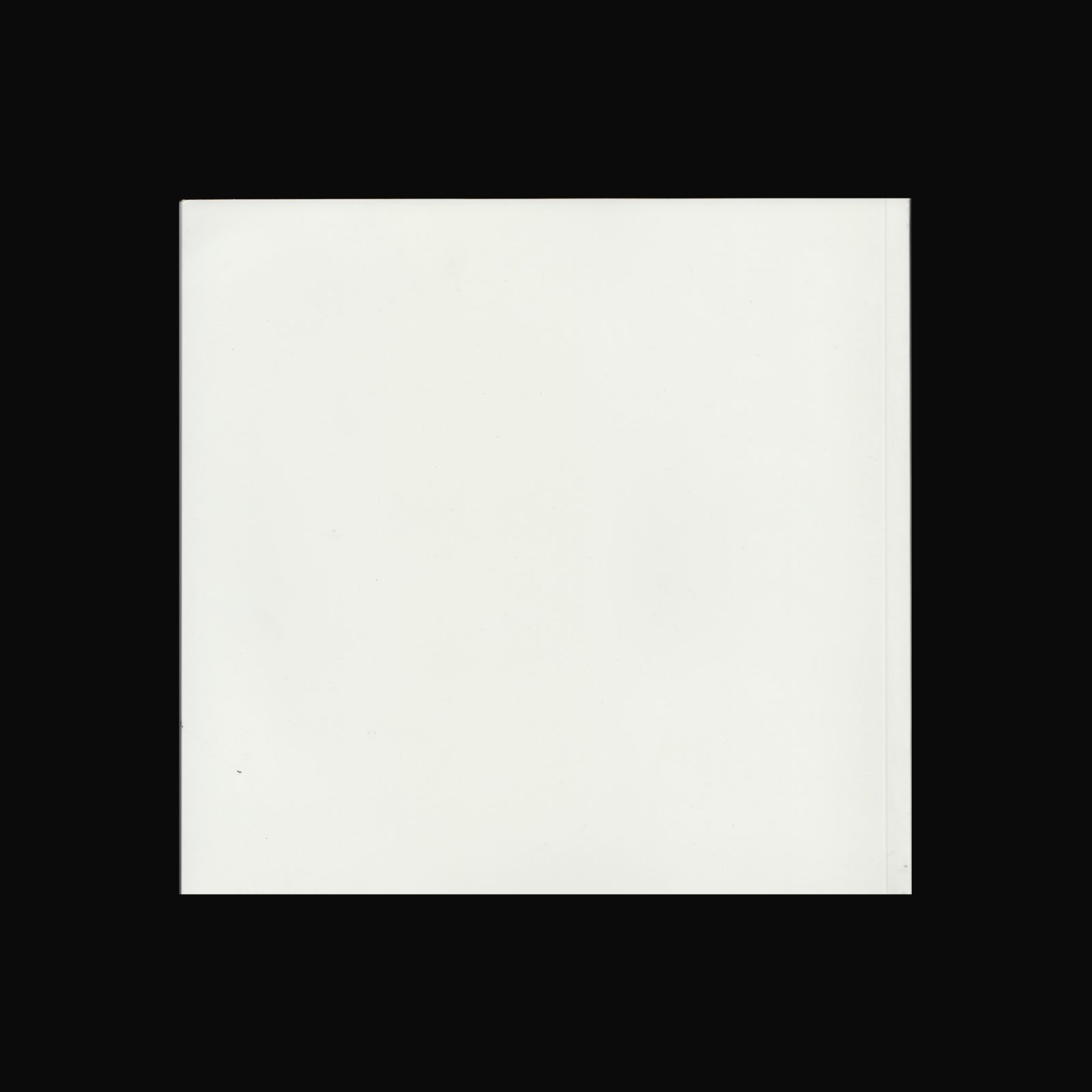
Catalogue for a group exhibition catalogue held at Frac Bourgogne and Atheneum, Dijon. The Gorgona group (named after the mythological creature Gorgon), was a Croatian avant-garde art group which consisted of artists and art historians. The group, made up of Dimitrije Bašičević-Mangelos, Miljenko Horvat, Marijan Jevšovar, Julije Knifer, Ivan Kožarić, Matko Meštrović, Radoslav Putar, Đuro Seder, Josip Vaništa operated in Zagreb between 1959 and 1966.
Texts by Xavier Douroux, Davor Maticevic, Nena Dimitrijevic, Đuro Seder and Josip Vanis.
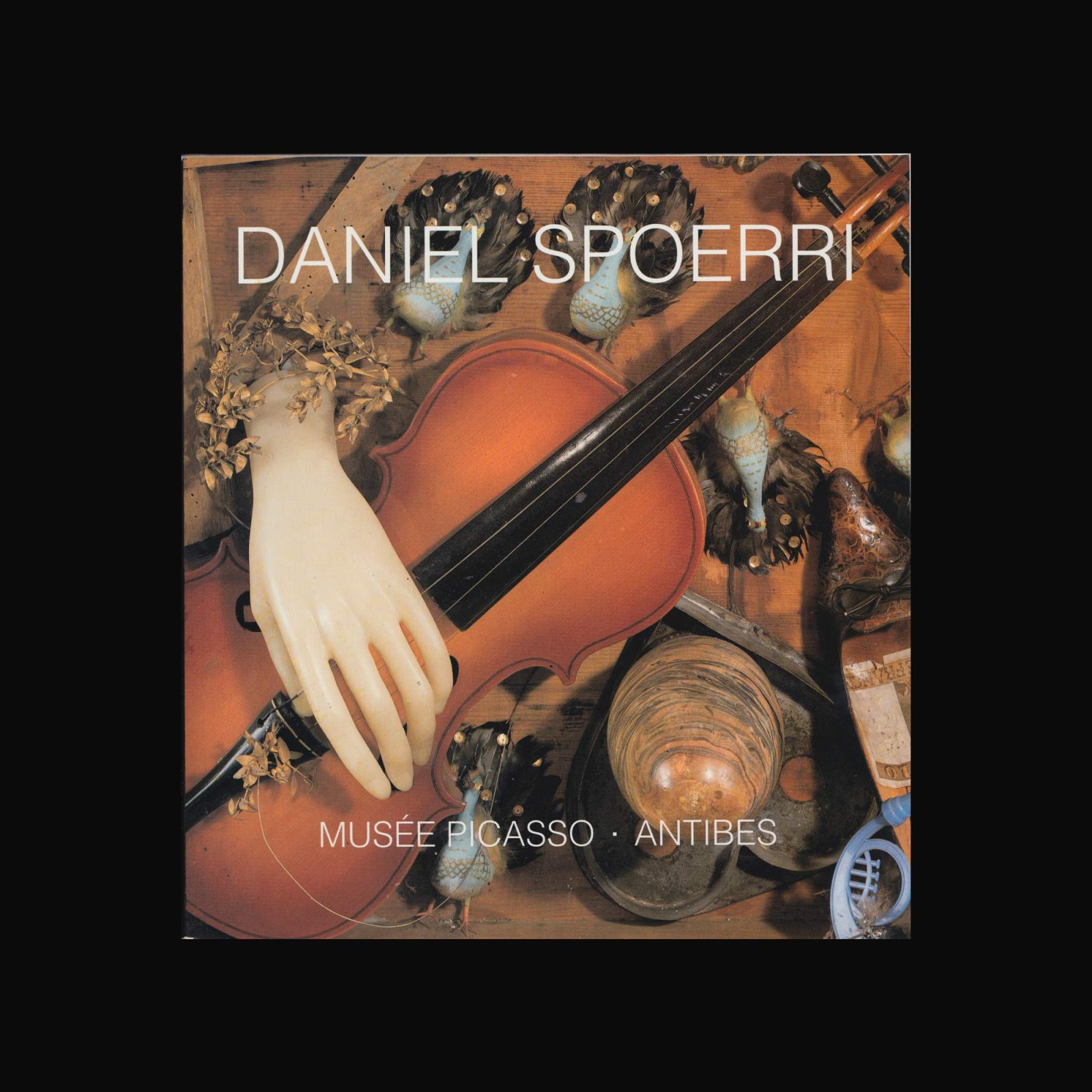

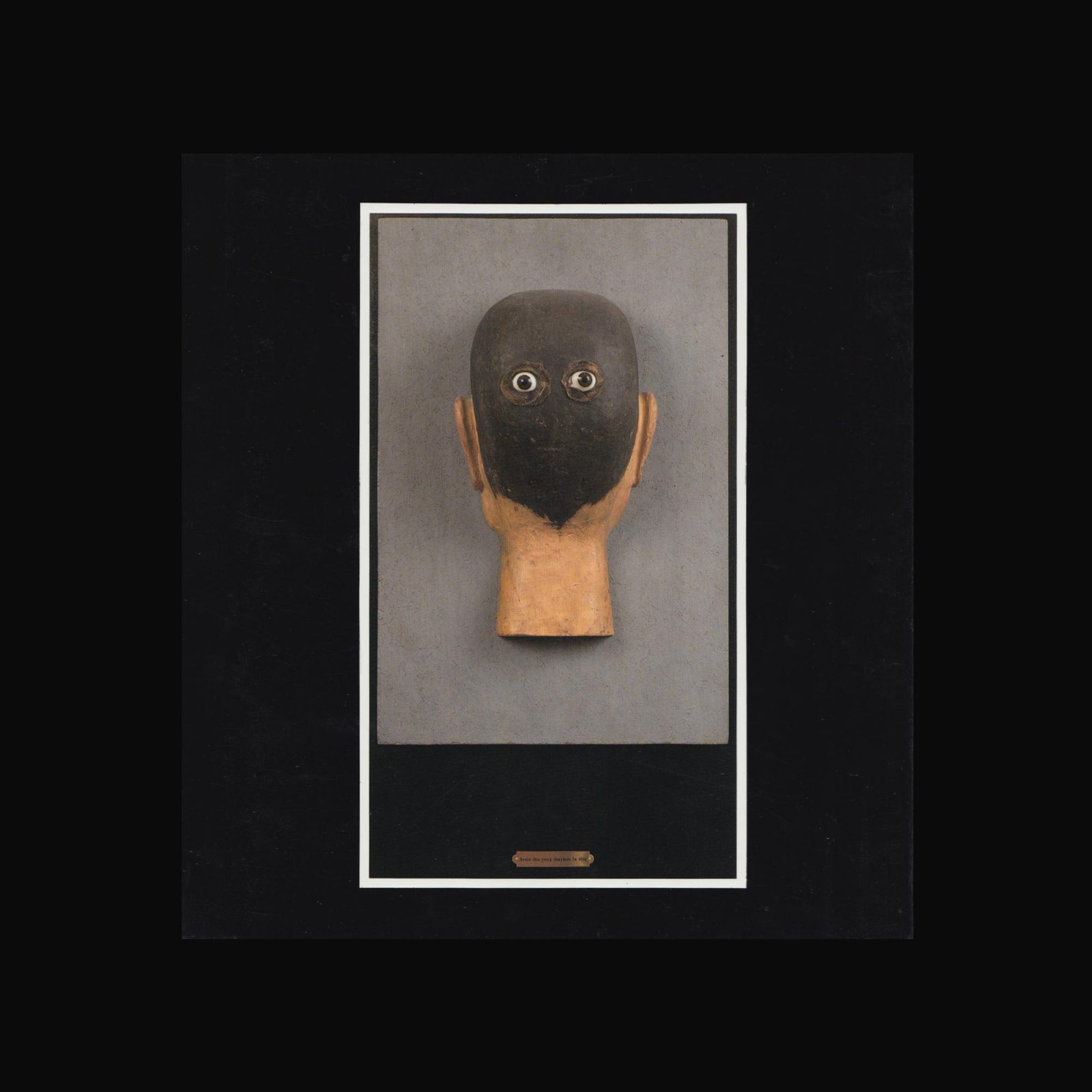
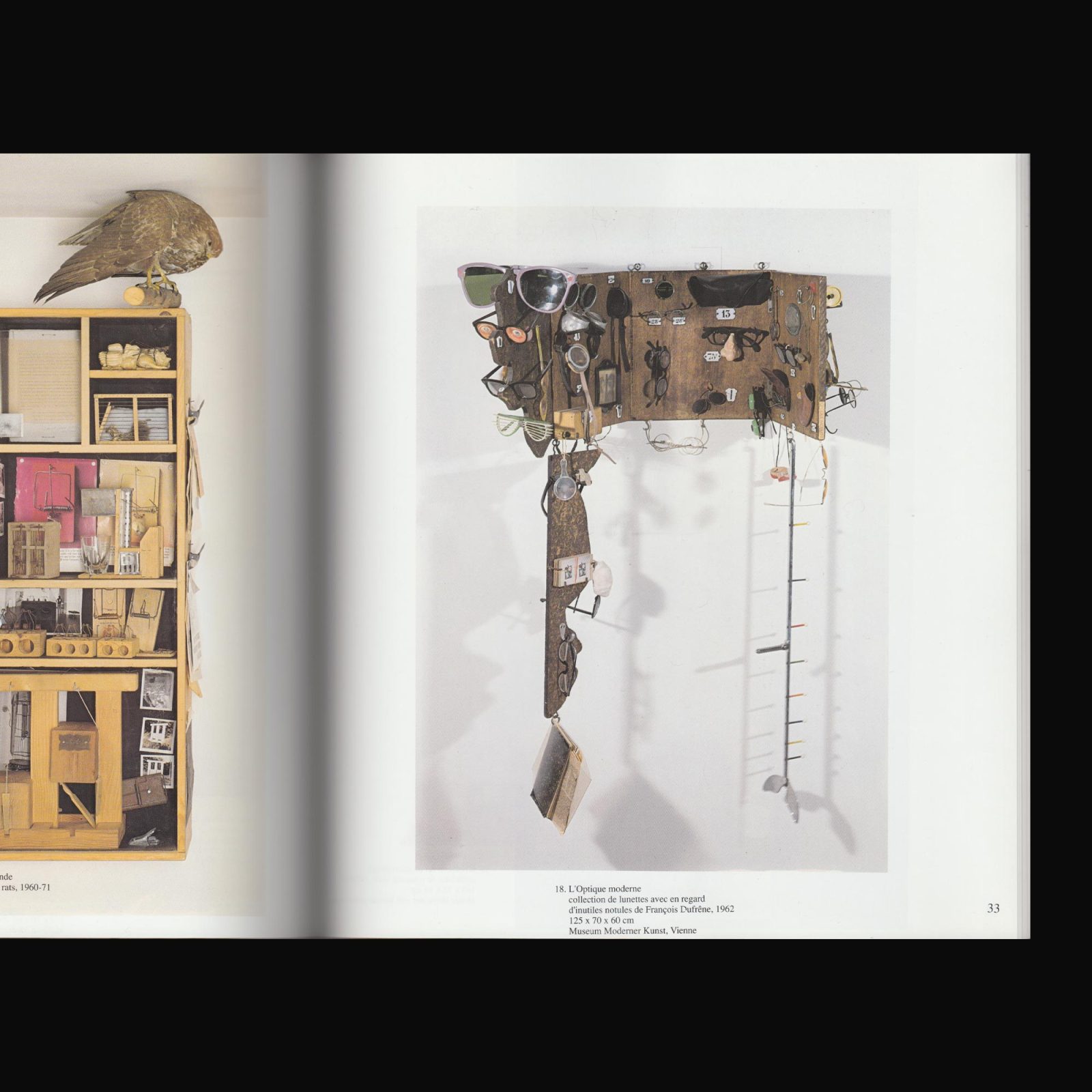
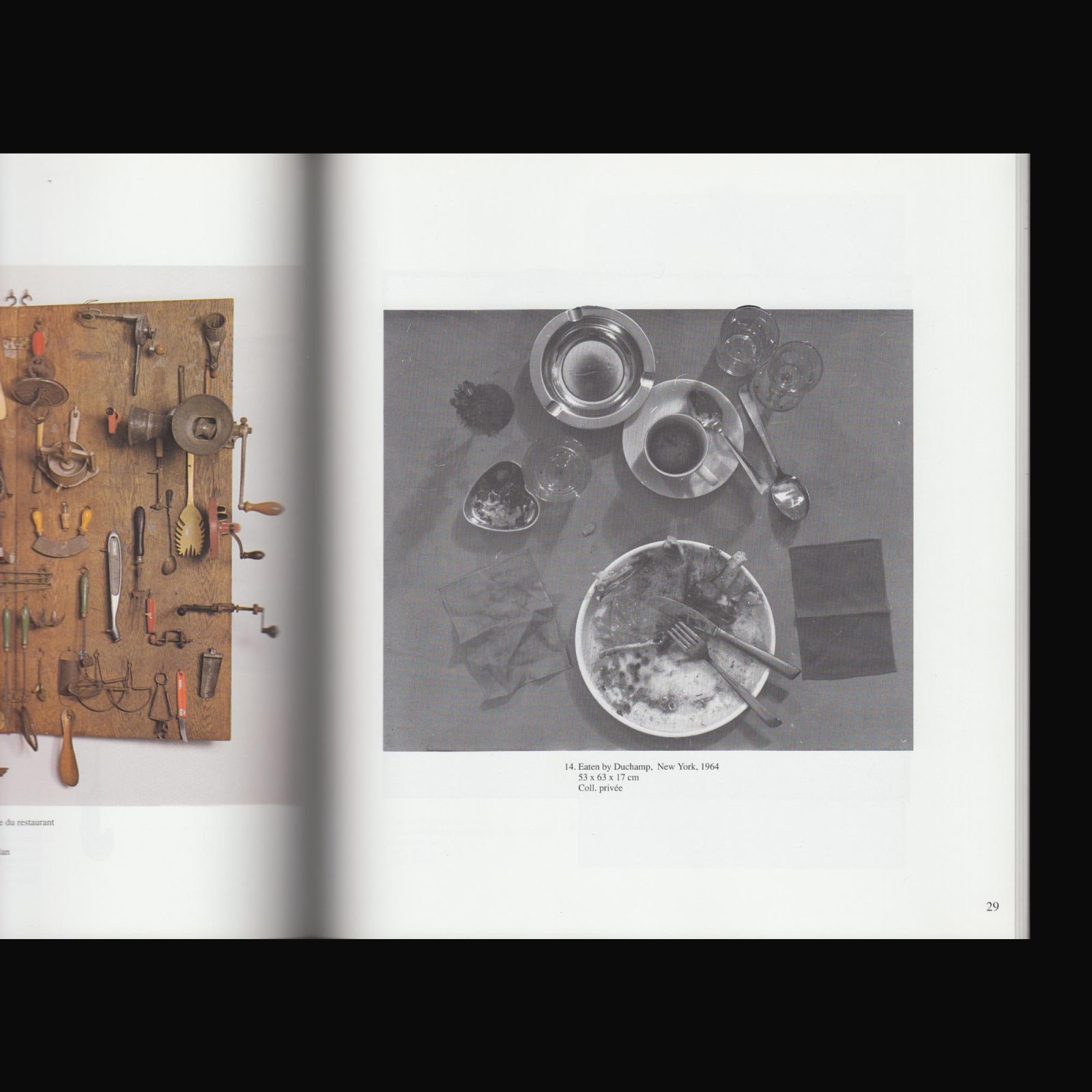
Produced on the occasion of Daniel Spoerri’s exhibition at Musee Picasso, Antibes, 8 June–10 September, 1990. With an introduction by Daniele Giraudy and a conversation with Daniel Spoerri.
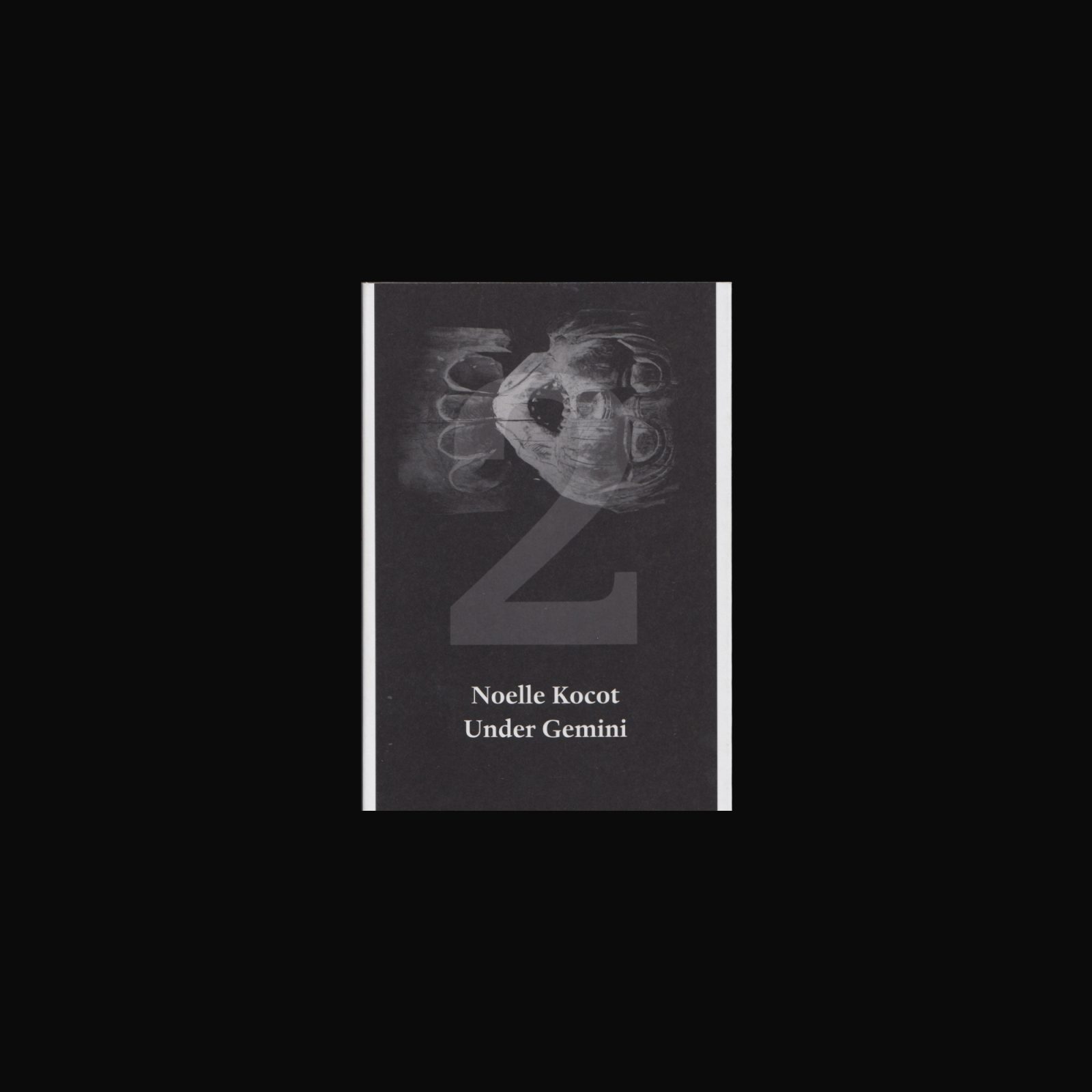

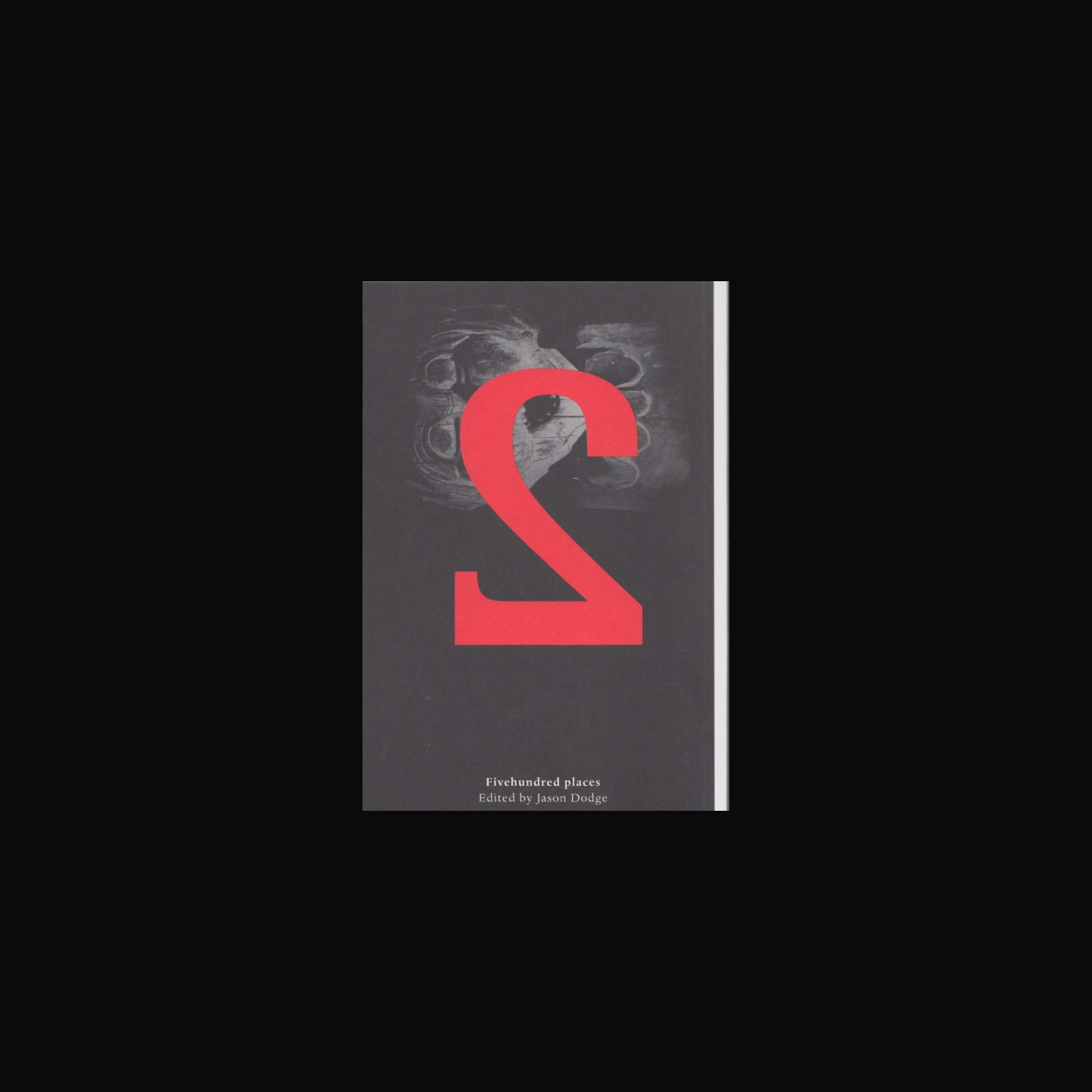
Second volume of a two volume poem by Noelle Kocot.
Fivehundred places was founded in 2012 by Jason Dodge. With a single printing of 500 copies, each book will find itself in one of 500 places. On the cover of each book is a dead scissor by Paul Elliman.